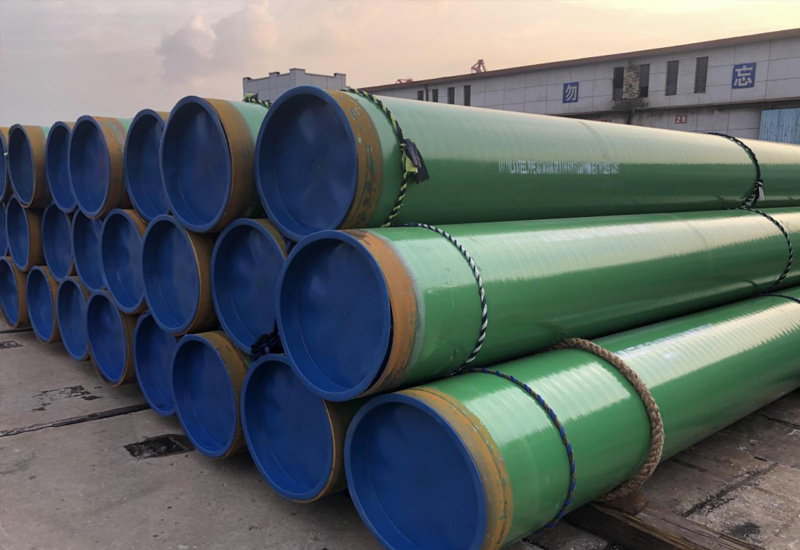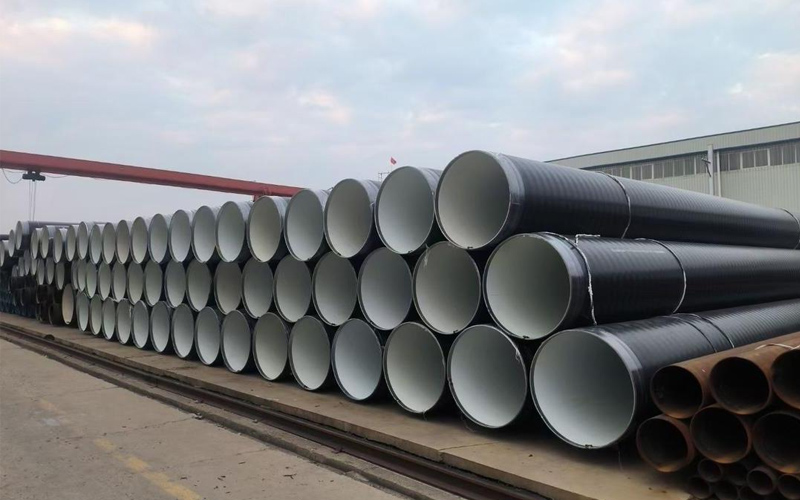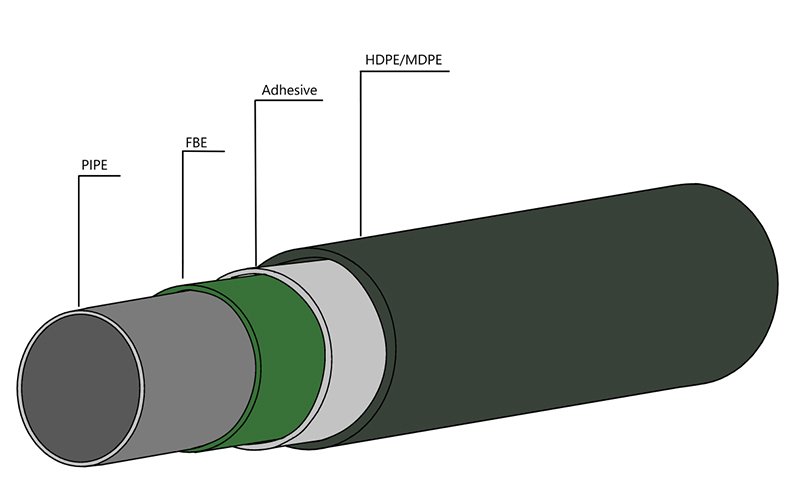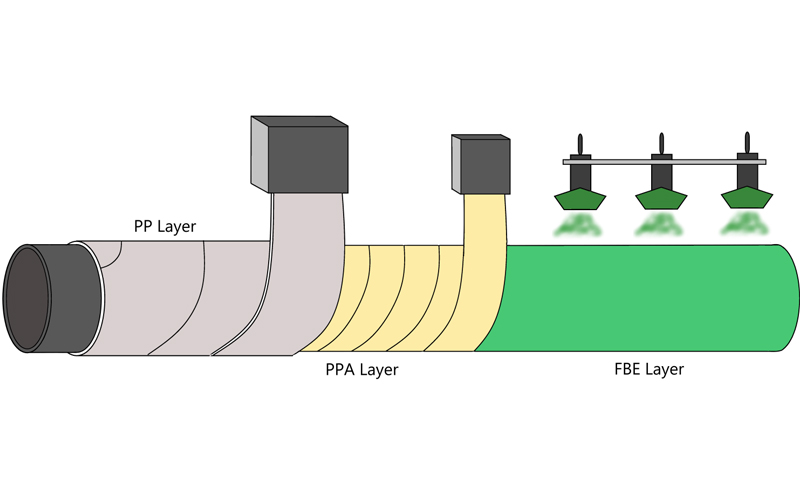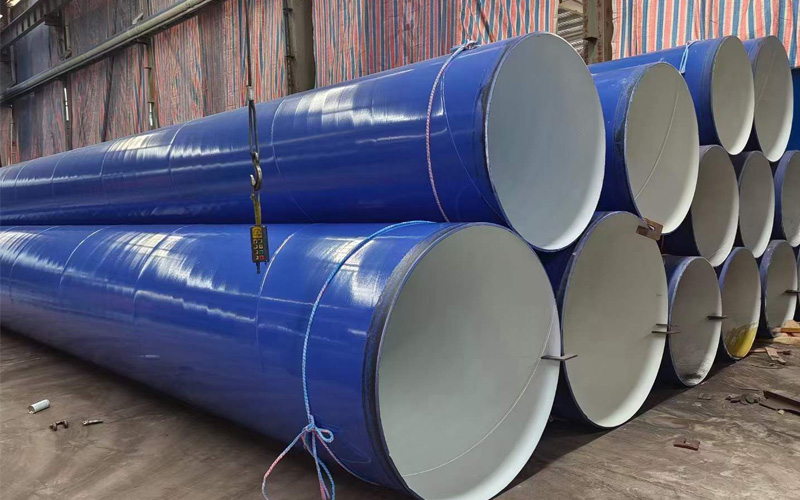How to Read a Mill Test Certificate (MTC) for SSAW Pipe
Abstract
Purchasing manager or quality control engineer are often faced with a batch of SSAW steel pipe and a factory test certificate (MTC), which is the “birth certificate” of each steel pipe, and it is full of terms such as “heat number” or “API 5L Grade X 52” Understanding this document is very important for verifying whether your SSAW pipeline meets project standards and ensuring the safety of the project.
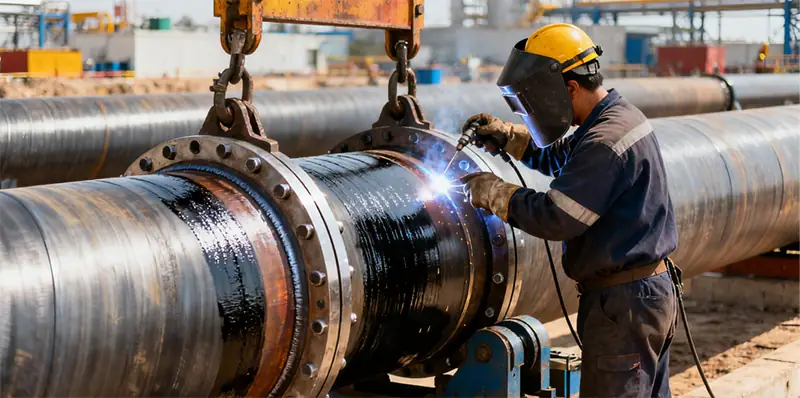
This guide breaks down a typical MTC for steel pipe into simple steps. Using industry standards such as API 5L, we’ll decode each part, so that you can cross-check the microphone as required to avoid errors that do not conform to SSAW pipeline.
Deconstructing the typical SSAW pipeline MTC
MTC organizes quality data in a logical way. The following is a step-by-step decomposition of each key part.
1. Title information: the “Backbone of Traceability”
This top tracks your SSAW tube from production to delivery, and answers: “Who made it and which batch did it come from?”
· Manufacturer information: Includes the name and address of the factory and ISO 9001 certification. Check this with the pre-approved suppliers to avoid counterfeiting.
· MTC number: a unique ID for the certificate-save it for future reference.
· HeatNo. A code for a single molten steel batch. All SSAW tubes from the same furnace have the same chemical composition, which is the most important traceability sign.
· Lot numbers group steel pipe from the same production lot. A failed pipeline in a batch may require a comprehensive re-inspection.
Important reason: For infrastructure projects, tracing SSAW pipeline to heat/lot allows you to quickly isolate defective batches.
2. Product Specifications: Does It Match Your Needs?
This section defines your SSAW pipe‘s identity, aligned with standards like API 5L—the global benchmark for energy-sector steel pipe.
Major inspection:
· Standard Reference: Look for “API 5L” or EN 10204. API 5L outlines the requirements for strength, welding and corrosion( https://www.api.org/products-and-services/standards).
Note: API 5L version 46th is widely used, and its update ensures the safety and interoperability of steel pipes.
· Grade: indicates strength. -e.g., API 5L Gr. B (low strength, yield value ≥ 245 MPa) is used for water pipelines or X 52 (medium strength, yield value ≥ 355 MPa) is used for oil/gas pipelines.
· Dimensions:
Outer Diameter (OD): Ensures fitting compatibility.
Wall thickness (WT): it affects the bearing capacity (API 5L sets the minimum value, for example, for a 24-inch outer diameter, X 52 needs to be ≥ 6.35 mm)
Length: usually 6-12m-to be confirmed according to the installation plans.
Professional tip: mismatch (e.g., Ordered X 52 and got gr. It means that the SSAW pipeline will perform poorly).
3. Chemical Composition: What Drives Steel Performance?
This section lists the factors affecting the strength, weldability and corrosion resistance of steel pipes, which are in line with API 5L.
| Element | API 5L X52 Limit | Function in steel pipe | Influence |
| Carbon (c) | ≤ 0.26% | Increase strength | Too much damage to solderability; Too little will weaken the power. |
| Manganese (Mn) | 1.35-1.65% | Enhance toughness | Prevent cold brittle fracture |
| Silicon (Si) | ≤ 0.40% | Increase the production intensity | Exceeding 0.40% will reduce the ductility |
| Phosphorus (P) | ≤ 0.030% | Harmful impurity | Cause shortness of coldness |
| Sulfur(S) | ≤ 0.030% | Harmful impurity | Causes thermal embrittlement in the welding process |
Authoritative Note: the latest version of API 5L updated the impurity limits to improve the durability of SSAW pipe, which was confirmed in the official release notes of the standard.
4. Mechanical Properties: Can the Pipe Withstand Stress?
These metrics measure SSAW pipe behavior under pressure—defined by API 5L:
1. Yield strength: Stress (X52 ≥ 355MPa) at which permanent deformation starts. Exceeding it will lead to collapse.
2. Tensile Strength: the maximum stress before fracture (X52 ≥ 485 MPa). Prevent power surge.
3. Elongation rate: stretching before breaking (X52 ≥ 22%). Higher elongation can prevent welding cracks.
Important reasons: the low yield strength is at risks of failure; There is a risk of cracking at low elongation.
5. Testing Results: Proof of Quality
MTCs confirmed that the steel tube passed the key tests:
A. Hydrostatic Test
Check the leakage by filling the SSAW pipe with water and applying 1.5 times the working pressure for 60-120 seconds. This is mandatory by API 5L unless an alternative is approved.
B. Non-Destructive Testing (NDT)
· Detect hidden defects:
· Ultrasonic test: check the weld.
· Magnetic particle testing (MT): Surface cracks were found.
Visual inspection (VI): dent/rust was found.
For example, “100% ultrasonic flaw detection of weld; 20% magnetic particle flaw detection of end-no defects” to confirm the quality.
Conclusion
Commitment of MTC bridges supplier and performance of SSAW pipeline. Decoding each part can ensure compliance, avoid rework and reduce security risks such as emergencies. Always cooperate with suppliers who provide complete and compliant microphones for steel pipes-never sacrifice quality for the sake of cost.
FAQ
Q 1: What’s the difference between the 1: EN 10204 3.1 and 3.2 microphones?
3.1: issued by the manufacturer’s QC (without the supervision of the third party).
3.2: verification by an independent inspector (witness test).
(Source: https://landingpage.bsigroup.com/LandingPage/Standard?UPI=000000000030027046)
Q 2: Why is a “Heat Number” important?
A Heat Number identifies a molten steel batch—all SSAW pipe from it has identical chemistry. It enables tracing defective batches and ensures project consistency.
Q 3: What if MTC data does not match the pipeline tag?
1. Immediately stop using the steel pipe.
2. Use photos to record the mismatch.
3. Contact the supplier to correct; If it is not solved, the delivery is refused.
Share:
Get Your Custom Steel Pipe Quote Today!
Provide us with your project details (like application, specifications, quantity). Our experienced team will respond with a tailored solution and competitive quote within 24 business hours.
Related Articles
ASTM A53 vs. API 5L: A Guide to Selection and Application
Introduction:Technology differences determine success or failure, and selection needs to be “precise”
Steel Density Analysis: Core Differences between Mild and Medium Carbon Steels and Industrial Applications
3LPE coated steel pipe: a solid barrier in the field of industrial corrosion protection
3LPP coated pipe: anti-corrosion guard in high temperature and high pressure environment
FBE steel pipe: the technological armor of the steel defense line
HOT TAGS
latest posts
- Introduction:Technology differences determine success or failure, and selection needs to be “precise”
- FBE Steel Pipes: Corrosion Protection Redefined
- DIN 30671: A Guide to FBE Coating for Steel Pipes
- A Guide to Structural Pipe: ASTM A500vsEN10219
- Weld Seam Integrity: A Deep Dive into LSAW vs. SSAW Pipe




